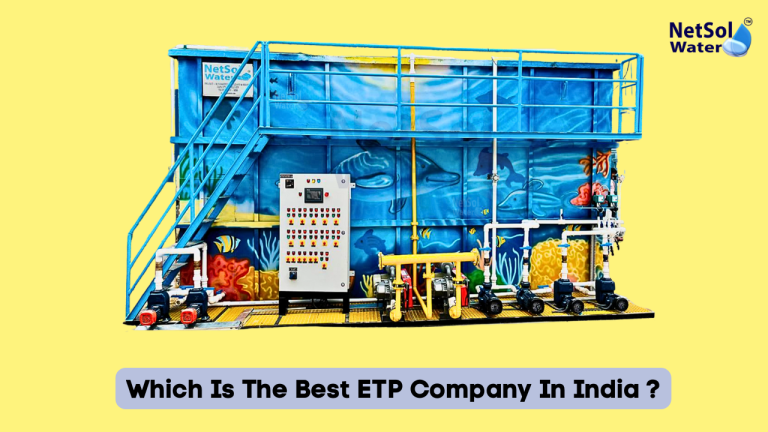
An ETP Plant is a type of wastewater treatment plant that is built specifically to handle wastewater generated or produced in city units & is required during an emergency. Before it is reintroduced into the environment or ecosystem, it will be cleaned & treated. In this blog we will read about the which is the […]
Read more
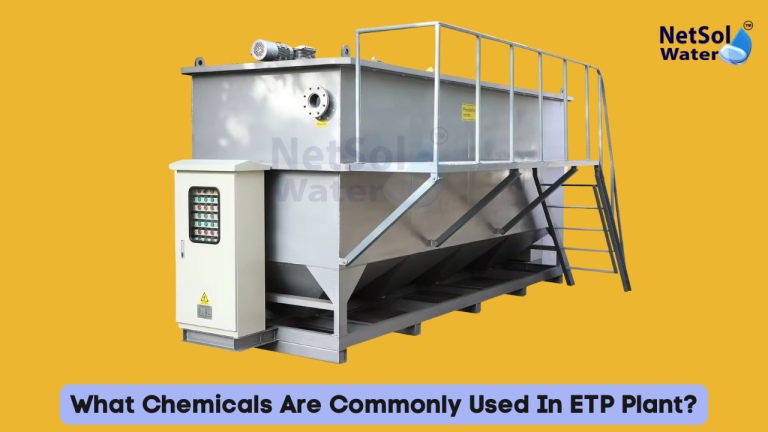
ETP plants restore water that is pure to the environment while sterilizing wastewater. Operators in these facilities add particular compounds to aid in the removal of particles & hazardous substances. Every chemical has a distinct function in altering the characteristics of water or dissolving fine particles. The process can be accelerated & the result made […]
Read more
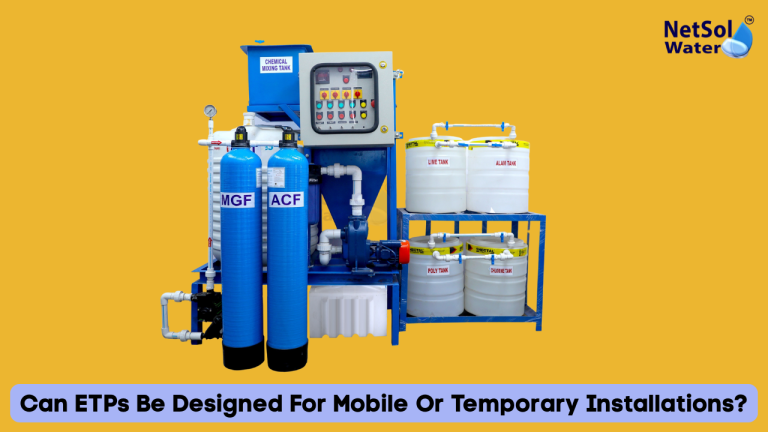
Water quality is brought under control with a mobile or temporary ETP for projects that are seasonal or longer-term & may move from one location to another. When opposed to creating a fixed plant, this method saves clients money, time, & effort. It also assists users in quickly adhering to guidelines. Commercial RO Plant creates solutions […]
Read more
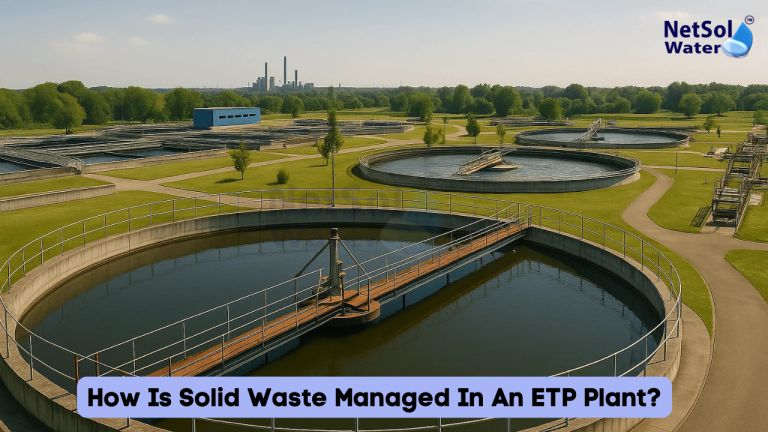
Everything from big trash to fine sludge is considered solid waste. These solids must be eliminated gradually in an ETP Plant. Large solid particles in screens are first eliminated by the system. Heavy grit is then shed by the ETP Plants in grit chambers. Finer solids are later allowed to accumulate & collected in sedimentation tanks by […]
Read more
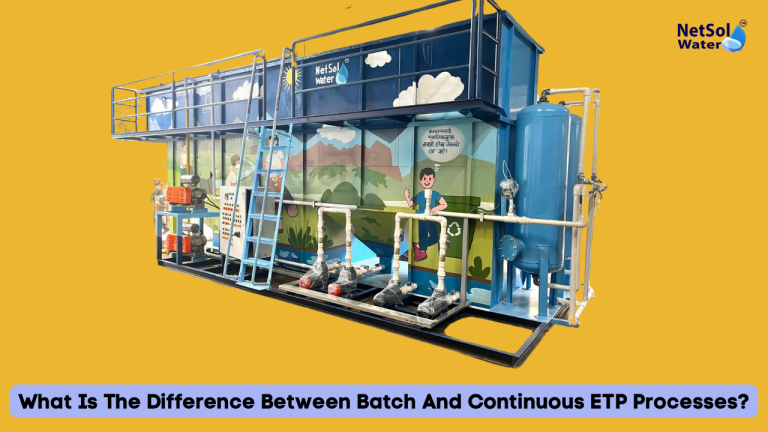
Effluent Treatment Plants are necessary for industries with a requirement to treat wastewater prior to its disposal or reuse. The batch process and the continuous process are two prevalent methods of running an ETP. By understanding the difference between batch and continuous Effluent Treatment Plant processes, facility managers are able to select the appropriate system […]
Read more
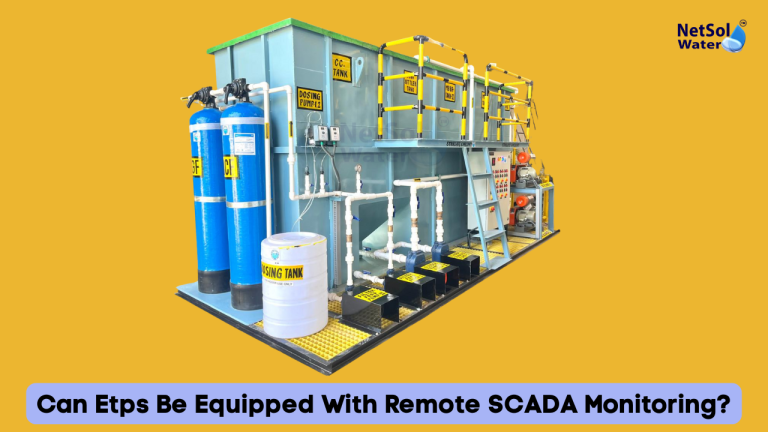
Effluent Treatment Plants are a key feature of contemporary industrial setup. With growing industries and tightening environmental regulations, efficient handling of wastewater treatment is no more a choice, but an absolute necessity. Improving operational efficiency and minimizing human errors is perhaps the most effective method to be followed. Among various automation tools used in the […]
Read more
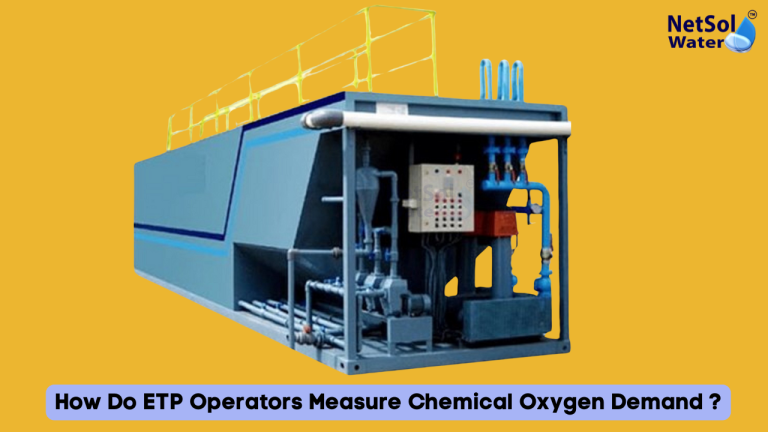
In Effluent Treatment Plants, water quality monitoring is necessary to effectively remove toxic pollutants before they are discharged back into the environment. Chemical Oxygen Demand, or COD, is one of the most significant tests used to quantify water pollution. But how do ETP operators measure Chemical Oxygen Demand and why? This log discusses what COD […]
Read more
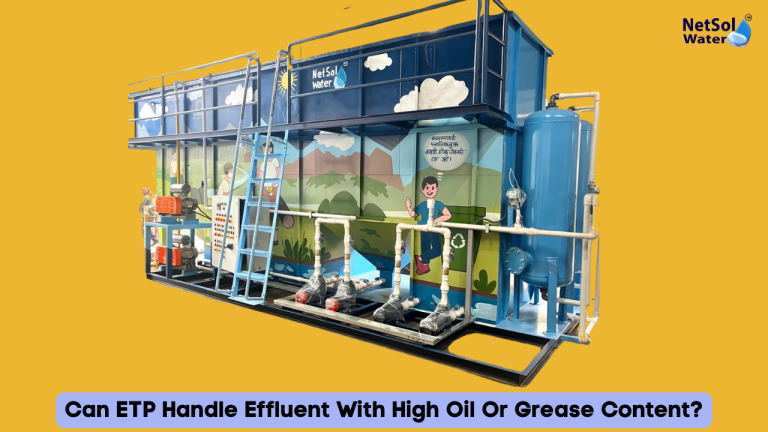
Wastewater containing oil or grease must be handled by an effluent treatment facility. This issue has the potential to alter the system’s operation. When it comes to manufacturing systems that deal with this issue, Commercial RO Plant is at the forefront. Oil must be removed from the plant before it damages equipment including waterways. As […]
Read more
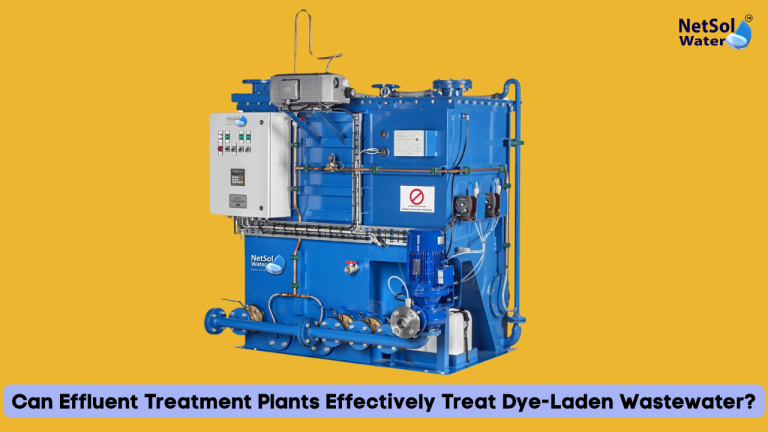
Dyes are used in huge quantities by textile factories and a range of other production units to color their manufactured goods. Although dyes improve the appearance of products, the waste from the process may be filled with toxic substances. If dye-containing water is not treated correctly, it may cause serious environmental pollution. The question is, […]
Read more
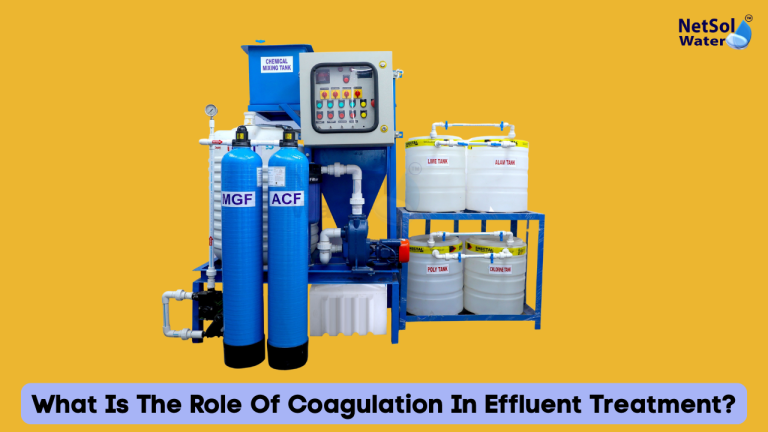
Effluent treatment is the process of purifying wastewater so that it can be safely released into the environment. Among the first processes is coagulation. But why and how do they coagulate? Knowing about the role of coagulation in effluent treatment makes it easy to imagine how clean water turns clean again. Here, in this blog, […]
Read more










